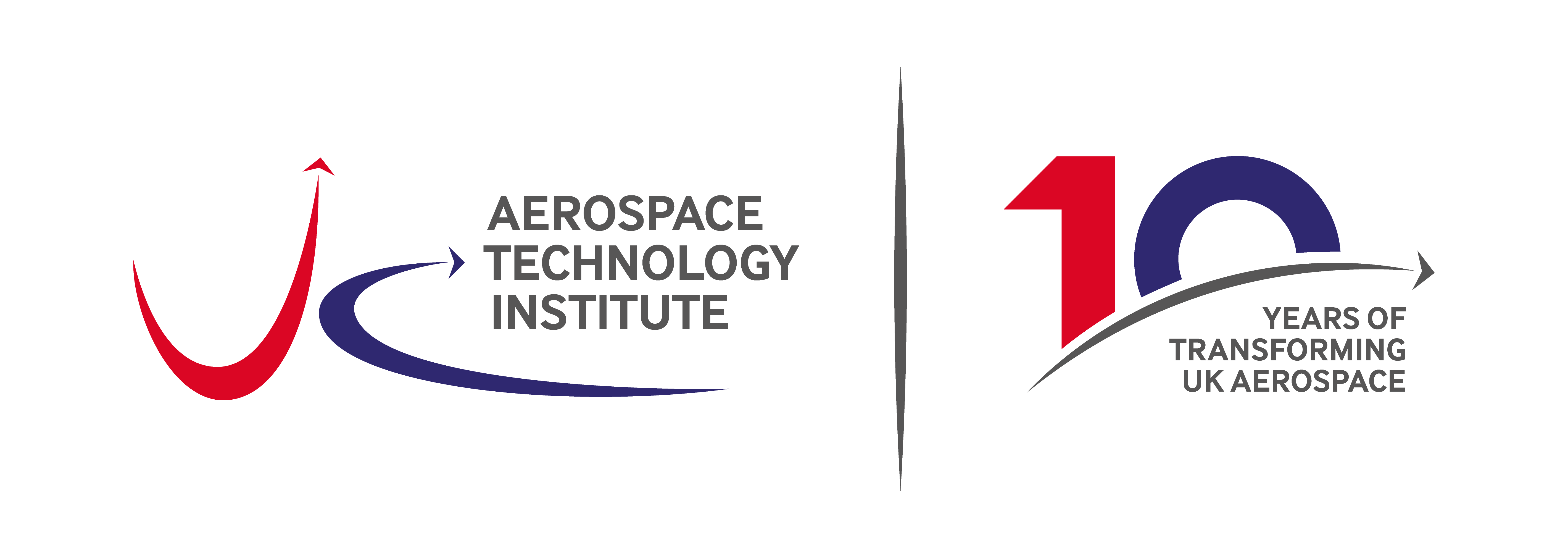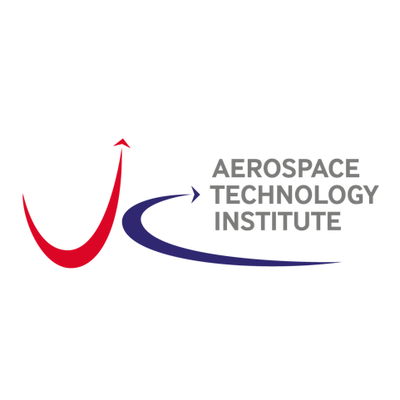10 Years of the ATI: Katherine Bennett
In the next of our series of guest blogs to celebrate 10 years of the ATI, CEO of the High Value Manufacturing Catapult Katherine Bennett CBE reflects on a decade of innovation in UK aerospace.

In most industries, ten years is quite a long time. That cannot always be said for aerospace. For example, a large commercial airliner like the Airbus A350 XWB sees around a decade pass from concept to the prototype first flight. So, as we celebrate the 10th anniversary of the Aerospace Technology Institute this year, I want to recognise the great strides the organisation has achieved for the UK aerospace industry since its formation.
As someone whose career in aerospace pre-dates the creation of ATI by around six years, I feel I am in a good position to speak on its impact in this sector. From making manufacturing smarter to using alternative energy sources for propulsion, the ATI has been tireless in its advocacy for innovation and investment. And I am proud that the High Value Manufacturing Catapult with its advanced innovation centres across the UK, has been right alongside ATI in its work too.
Just last November, AMRC joined with ATI, Boeing and a range of industrial and government partners, to break ground on the new £80m Composites at Speed and Scale (COMPASS) facility in South Yorkshire. The project will take the use of composite materials in aerospace to a new level, from development through to test and certification.
Even more recently, Europe’s largest hot forging research and innovation platform was opened in Renfrewshire in April by the National Manufacturing Institute Scotland with the support of ATI. As an open-access digitally enabled facility Future Forge will support developments in the production of critical structures for aircraft.
This is vitally important to optimise and modernise processes that have been in use in aerospace for a number of years, with the aim of reducing waste and making the supply chain for these structures more resilient to geo-political shocks. In a similar vein, the race is on for sustainability in aviation, and we joined with industry partners to support FlyZero, the research project investigating zero-carbon emission commercial flight.
This is an existential issue for aerospace. Decarbonising flying as a form of transport is critical to our ongoing ability to support this major economic and social driver. It is one of the greatest challenges the sector faces. The UK has one of the world’s leading aerospace industries but it is never an unassailable position. It is widely understood that there are four forces at play in flight – weight, thrust, drag and lift. I would propose another force and it is entirely positive – it is the ATI. A model that should be seen as an exemplar for other sectors and technologies. And I look forward to seeing what the next decade has in store.
–
Images © HVMC


